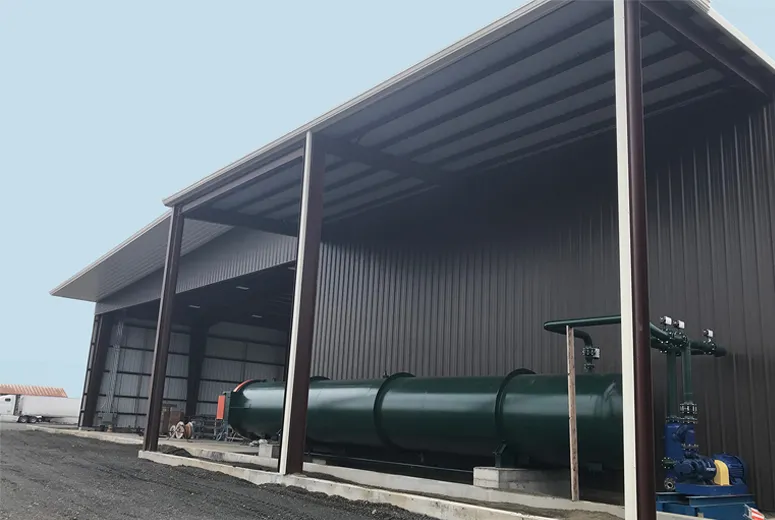- Afrikaans
- Albanian
- Amharic
- Arabic
- Armenian
- Azerbaijani
- Basque
- Belarusian
- Bengali
- Bosnian
- Bulgarian
- Catalan
- Cebuano
- Corsican
- Croatian
- Czech
- Danish
- Dutch
- English
- Esperanto
- Estonian
- Finnish
- French
- Frisian
- Galician
- Georgian
- German
- Greek
- Gujarati
- Haitian Creole
- hausa
- hawaiian
- Hebrew
- Hindi
- Miao
- Hungarian
- Icelandic
- igbo
- Indonesian
- irish
- Italian
- Japanese
- Javanese
- Kannada
- kazakh
- Khmer
- Rwandese
- Korean
- Kurdish
- Kyrgyz
- Lao
- Latin
- Latvian
- Lithuanian
- Luxembourgish
- Macedonian
- Malgashi
- Malay
- Malayalam
- Maltese
- Maori
- Marathi
- Mongolian
- Myanmar
- Nepali
- Norwegian
- Norwegian
- Occitan
- Pashto
- Persian
- Polish
- Portuguese
- Punjabi
- Romanian
- Russian
- Samoan
- Scottish Gaelic
- Serbian
- Sesotho
- Shona
- Sindhi
- Sinhala
- Slovak
- Slovenian
- Somali
- Spanish
- Sundanese
- Swahili
- Swedish
- Tagalog
- Tajik
- Tamil
- Tatar
- Telugu
- Thai
- Turkish
- Turkmen
- Ukrainian
- Urdu
- Uighur
- Uzbek
- Vietnamese
- Welsh
- Bantu
- Yiddish
- Yoruba
- Zulu
Dec . 01, 2024 09:22 Back to list
Light Gauge Steel Frame Construction An Innovative Approach to Modern Building
In the realm of construction, the materials and methods we choose not only dictate the structural integrity but also influence sustainability, efficiency, and cost-effectiveness. One of the most rapidly evolving techniques in this field is light gauge steel frame construction. This method offers an innovative alternative to traditional materials like wood or concrete, appealing especially to builders and architects looking to optimize their designs.
Understanding Light Gauge Steel Frame
Light gauge steel (LGS) framing involves using thin sheets of steel to create a structural framework for buildings. Typically made from cold-formed steel, these materials are manufactured in various shapes and sizes to cater to diverse construction needs. Unlike conventional steel, LGS is lightweight, making it easier and more efficient to handle on-site.
The fundamental components of light gauge steel systems include steel studs, tracks, and other connectors. These elements assemble easily to form walls, floors, and roofs, enabling quick construction and reducing labor costs. Moreover, the design flexibility of light gauge steel allows for custom shapes and layouts, accommodating a wide array of architectural styles and requirements.
Advantages of Light Gauge Steel Frame Construction
1. Durability and Strength Steel is renowned for its strength, which allows buildings to withstand various environmental stresses, including wind and seismic forces. Light gauge steel frames are resistant to cracking, warping, and splitting, commonly seen in wooden structures, thereby ensuring a longer lifespan.
2. Sustainability As the world shifts towards more environmentally friendly building practices, light gauge steel stands out as a sustainable option. Steel is 100% recyclable, and much of it is produced from recycled materials. This characteristic significantly reduces the negative impact on the environment and aligns with green building certifications.
3. Fire Resistance One of the significant advantages of using steel is its inherent fire-resistant properties. Light gauge steel does not burn, reducing the risk of fire-related damage and potentially lowering insurance premiums for building owners.
light gauge steel frame construction

4. Speed of Construction The prefabrication of light gauge steel components allows for faster on-site assembly. This advantage translates into shorter construction timelines, helping builders meet deadlines and cut down on labor costs. Consequently, projects can be completed more swiftly, enhancing overall efficiency.
5. Versatility Light gauge steel framing is suitable for a range of applications, from residential homes to commercial buildings and warehouses. Its adaptability makes it a popular choice among architects and builders looking to achieve diverse aesthetic and functional goals.
Challenges and Considerations
While light gauge steel frame construction presents numerous benefits, it is not without challenges. For instance, the initial material cost can be higher than traditional wood framing, although this may be offset by reduced labor costs and shorter construction timelines. Additionally, builders need to possess specific skills and knowledge to fabricate and assemble steel components effectively, which may necessitate specialized training.
Another important consideration involves thermal conductivity. Steel can be a poor insulator, which can lead to increased energy costs if not appropriately managed with insulation materials. Builders must integrate effective thermal barriers to ensure energy efficiency and comfort within the structures.
Conclusion
As the construction industry increasingly embraces innovation, light gauge steel frame construction emerges as a formidable alternative to traditional building methods. Its combination of durability, sustainability, and design flexibility positions it as a leading choice for modern architectural projects. While there are challenges to navigate, the benefits of this construction method make it an attractive option for builders and developers aiming to meet the demands of a changing environment.
In conclusion, light gauge steel frame construction is not merely a trend; it represents a shift towards more intelligent and sustainable building practices. As technology continues to advance, this method will likely play a crucial role in shaping the future of construction, offering solutions that align efficiency with environmental responsibility. With its myriad advantages, light gauge steel framing is set to redefine building standards in the years to come.
-
How Do Prefabricated Steel Structures Transform Modern Construction?
NewsJul.14,2025
-
How Do Prefabricated Metal Buildings Redefine Modern Construction?
NewsJul.14,2025
-
How Do Prefab Insulated Metal Buildings and Steel Structures Revolutionize Modern Construction?
NewsJul.14,2025
-
How Do Pre - Engineered Steel Structures Redefine Modern Construction?
NewsJul.14,2025
-
Advancing Modular Construction with Prefabricated Metal Structures
NewsJul.14,2025
-
Advancing Industrial Infrastructure with Prefabricated Steel Solutions
NewsJul.14,2025
Products categories
Our Latest News
We have a professional design team and an excellent production and construction team.












